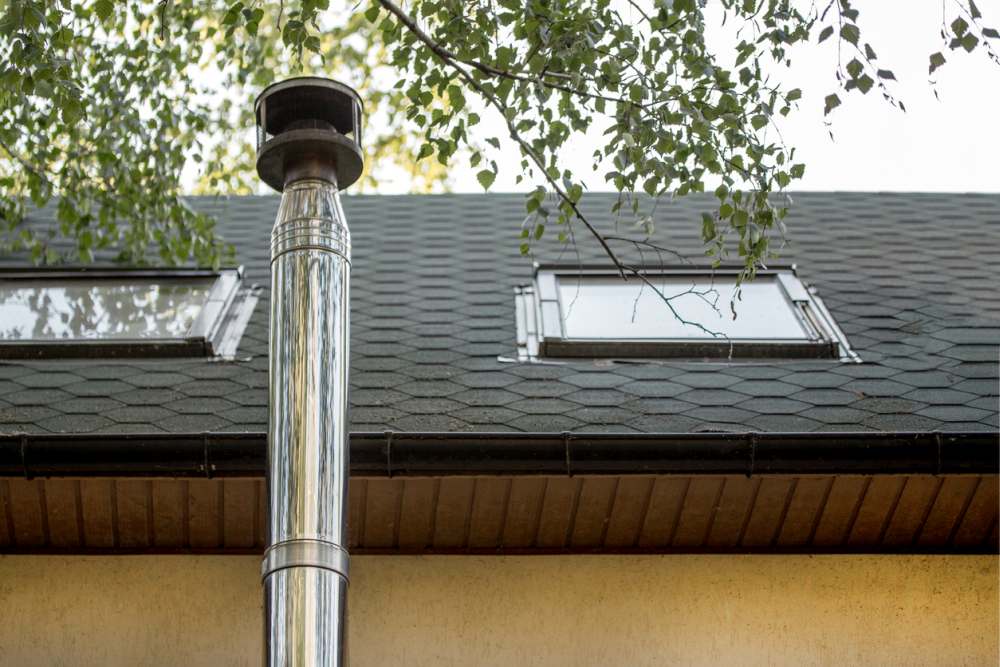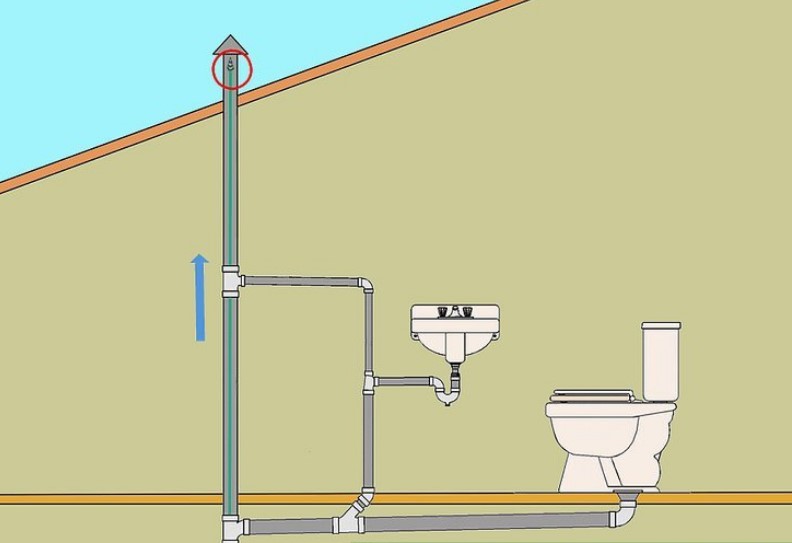Essential Reasons for Adequate Ventilation in Plumbing Systems
Essential Reasons for Adequate Ventilation in Plumbing Systems
Blog Article
Presented here in the next paragraphs yow will discover additional good quality insight relating to Essential Plumbing Vent Pipes: Understanding Their Role.

Correct ventilation in pipes systems is often overlooked, yet it is vital for keeping the capability and security of your home's pipes. Ventilation assists regulate air pressure, avoid the buildup of unsafe gases, and guarantee the effective removal of waste. In this guide, we will certainly check out the importance of proper plumbing ventilation, exactly how it functions, and the benefits it gives your pipes system.
Understanding Air Flow in Plumbing
Ventilation in pipes refers to the network of pipelines that permit air to stream via the drain system. These vents offer multiple functions, including controling air pressure within the pipes, avoiding sewer gases from getting in the home, and helping in the smooth flow of wastewater.
How Ventilation Functions in Plumbing Solutions
Air Pressure Regulation
Appropriate ventilation preserves well balanced atmospheric pressure within the plumbing system. When water flows with pipes, it displaces air. Without appropriate air flow, this variation can create unfavorable pressure, resulting in slow down drains or siphoning of water from traps, which can cause unpleasant odors to leak right into the home.
Avoiding Sewage System Gas Accumulation
One of one of the most vital features of pipes vents is to stop drain gases, such as methane and hydrogen sulfide, from gathering within the home. These gases can posture serious wellness threats and are very combustible. Vent pipes enable these gases to escape safely outdoors.
Assisting in Waste Elimination
Air flow aids in the effective removal of wastewater by protecting against airlocks in the water drainage system. When air can move freely through the vents, it enables water and waste to flow smoothly through the pipelines, minimizing the danger of clogs and backups.
Sorts Of Pipes Vents
Key Stack Vent
The main stack vent, also called the vent stack, is the main air vent in a pipes system. It expands from the main drainpipe line up with the roof covering, permitting gases to escape and fresh air to go into the system.
Branch Vent
Branch vents attach to the main pile air vent and serve specific fixtures, such as sinks, commodes, and showers. These vents make certain that each fixture has ample air flow to function correctly.
Air Admittance Shutoff (AAV).
An Air Admittance Shutoff (AAV) is a one-way shutoff that enables air to get in the pipes system without the need for a conventional vent pipeline expanding via the roof covering. AAVs are commonly used in renovations or areas where installing a common vent is unwise.
Indications of Poor Ventilation in Pipes.
Slow Draining Fixtures.
If your sinks, bathtubs, or toilets are draining pipes slowly, it could be an indicator of bad ventilation. Inadequate air circulation can create a vacuum cleaner result, making it challenging for water to drain properly.
Gurgling Seems.
Gurgling sounds coming from drains pipes are frequently an outcome of air being sucked through water catches as a result of unfavorable pressure in the pipelines. This is a clear indicator of inadequate air flow.
Unpleasant Smells.
Sewage system smells inside your home are a warning that your plumbing system is not appropriately aerated. This can imply that sewage system gases are not being adequately aired vent outside, causing possibly dangerous conditions.
Usual Air Flow Errors.
Inadequate Vent Sizing.
Utilizing small vent pipes can result in bad air circulation and pressure imbalances in the system. It's vital to utilize vents that satisfy the certain demands of your plumbing system.
Improper Vent Placement.
Positioning vents too much from the fixtures they offer can lower their effectiveness. Proper positioning makes sure that air can stream openly and efficiently through the system.
Ignoring Code Needs.
Building regulations provide particular guidelines for pipes ventilation. Disregarding these codes can lead to a system that stops working to work appropriately and may bring about costly repair services or health hazards.
Advantages of Correct Ventilation.
Enhanced System Effectiveness.
Appropriately aerated plumbing systems run a lot more effectively, with less obstructions, faster draining pipes, and less strain on the pipes. This efficiency prolongs the lifespan of the pipes system.
Improved Air Quality.
By avoiding sewer gases from entering your home, proper ventilation adds to far better interior air high quality, making your living setting healthier and much more comfy.
Protecting Against Water Damages.
Sufficient ventilation assists avoid water from being siphoned out of catches, which can lead to sewer gases going into the home and causing water damage in time.
Steps to Ensure Appropriate Air Flow.
Consulting Pipes Codes.
Constantly seek advice from neighborhood plumbing codes when designing or customizing your plumbing system. These codes supply the essential guidelines for appropriate airing vent and ensure your system meets safety and security criteria.
Routine Inspection and Upkeep.
Normal evaluations can aid determine potential air flow issues before they end up being significant issues. Upkeep jobs, such as cleansing vent pipelines and checking for obstructions, are essential for keeping the system in good working order.
Professional Installment.
For new installments or major adjustments, it's wise to work with a professional plumbing technician. They have the expertise to make sure the ventilation system is properly made and set up according to code.
Conclusion.
Proper air flow is an important component of any plumbing system, making certain that it works successfully and securely. By comprehending the relevance of air flow, identifying the indicators of bad ventilation, and taking actions to keep your system, you can avoid expensive issues and secure your home's air top quality.
What is a Plumbing Vent and it's used for?All plumbing systems in residential and commercials construction have a plumbing vent. It doesn’t just vent unwanted odors from the drainage system to the outside; it actually serves an important purpose by supplying air to the system.
The plumbing drainage system is actually called a drainage, waste and vent (DWV) system. When water flows down the piping, an air supply (vent) is needed to allow the water to flow. Think of the vertical pipe as a drinking straw. If you plug the top end of a straw, liquid won’t drain from it.
The DWV system in your building consists of a series of pipes connected to each fixture; they extend above each fixture, and the system terminates at an open pipe that extends through the roof. This piping allows air into the system and prevents unbalanced pressures in the piping.
?The vent also prevents the system from drawing water out of a trap at the fixture with the characteristic “glug-glug-glug” as the drain gasps for air. Plumbing traps should drain smoothly and never “glug” or gasp for air.
If you have a drain that empties slowly or gurgles as it drains, this may indicate a venting problem. If you flush a toilet and the sink gurgles, there’s definitely a vent problem. It is good idea to have a Plumber check this.
https://www.ameliashomeinspection.com/blog/what-is-a-plumbing-vent-and-its-used-for

We had been shown that write-up about through an acquaintance on a different domain. Do you know another individual who is fascinated about What Is A Plumbing Vent & How Do They Work?? Be sure promote it. Thanks so much for taking the time to read it.
Get A Quote Report this page